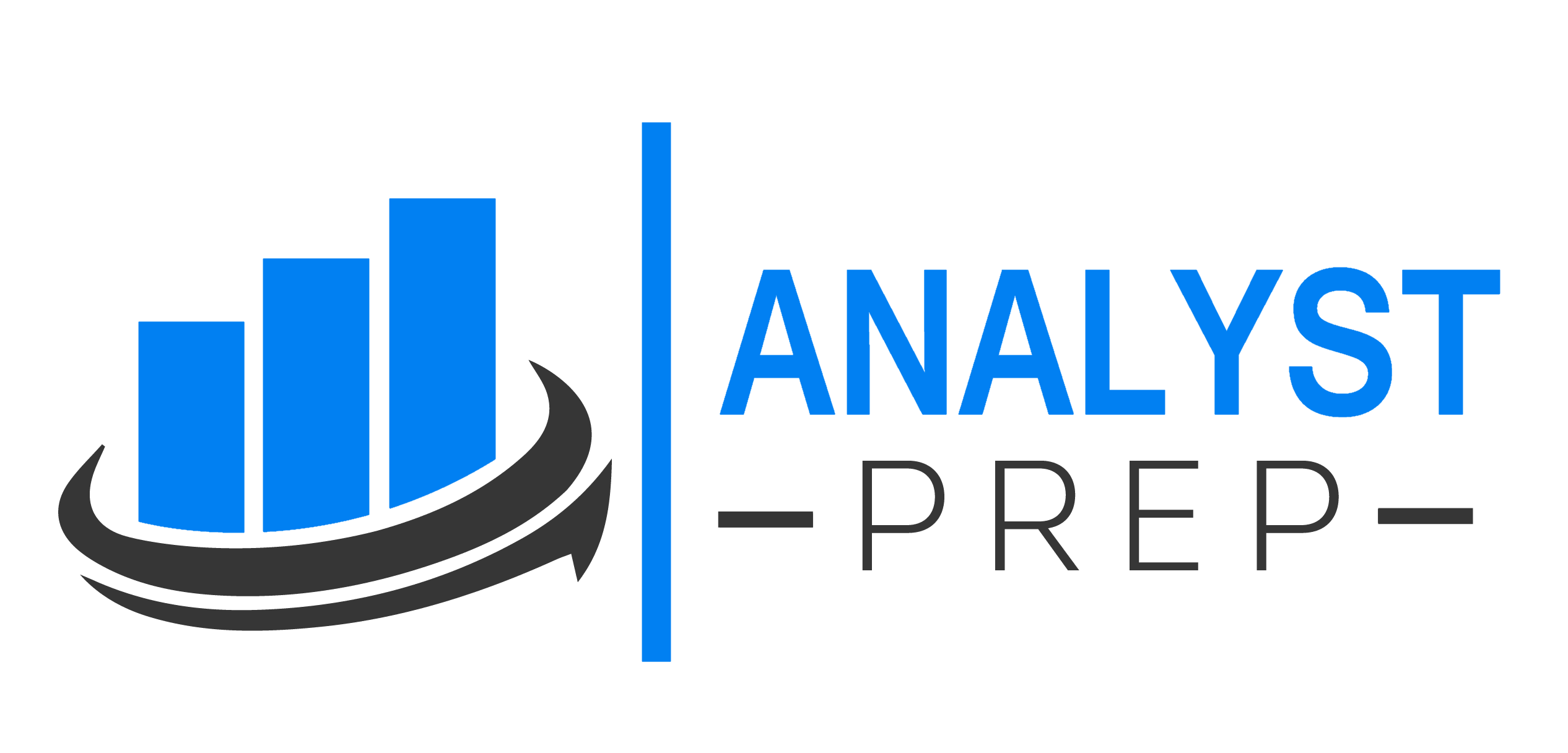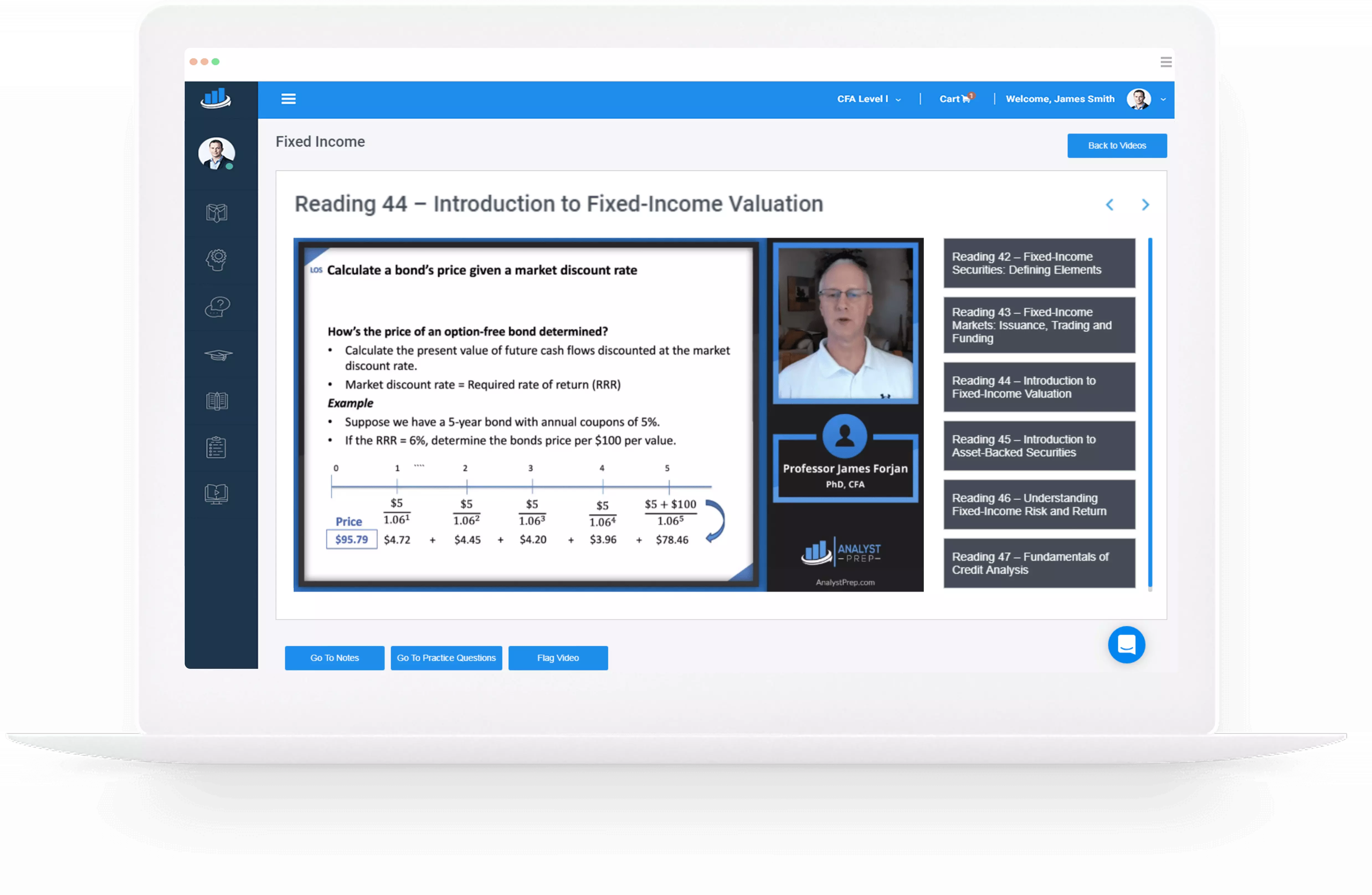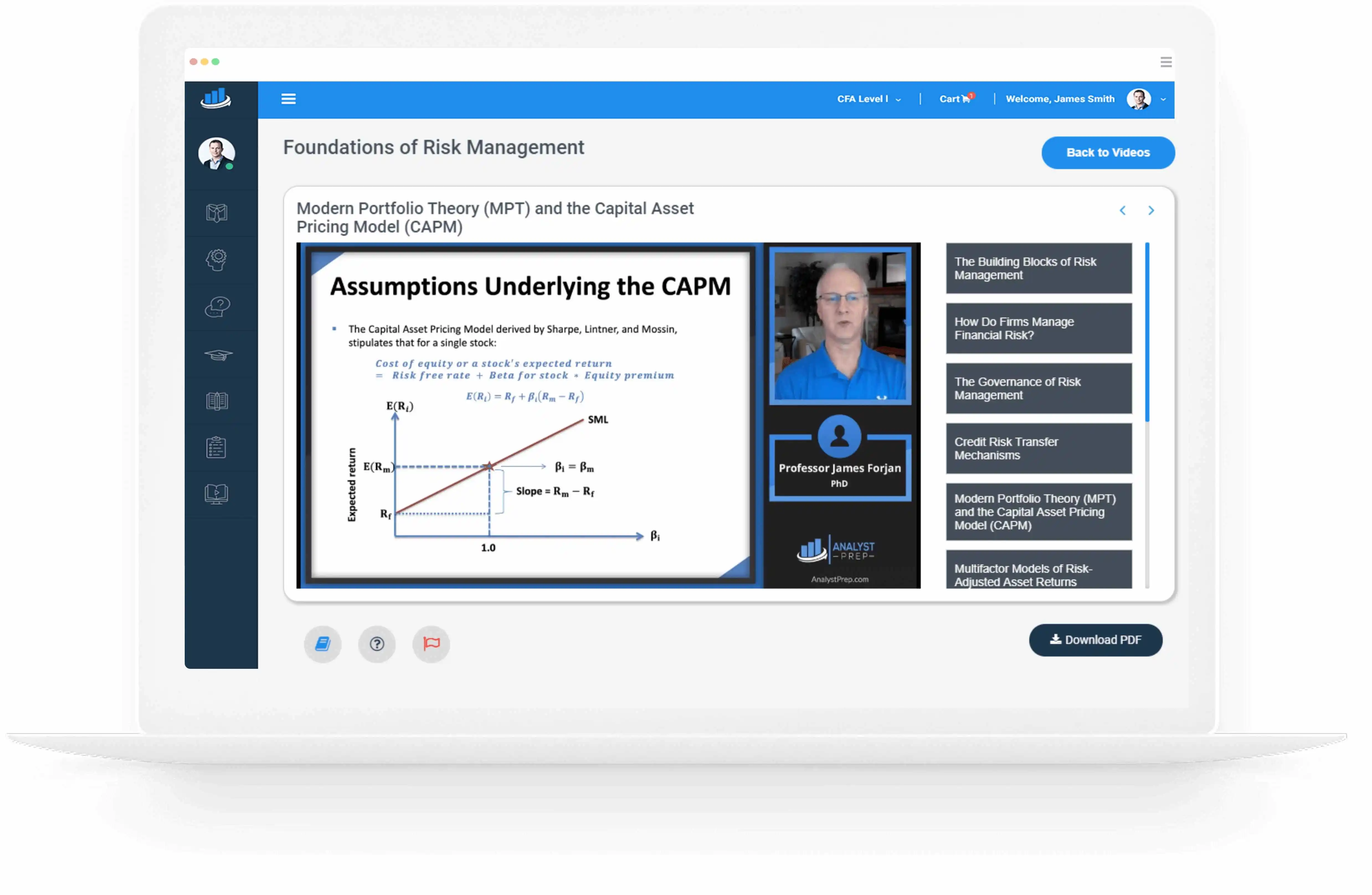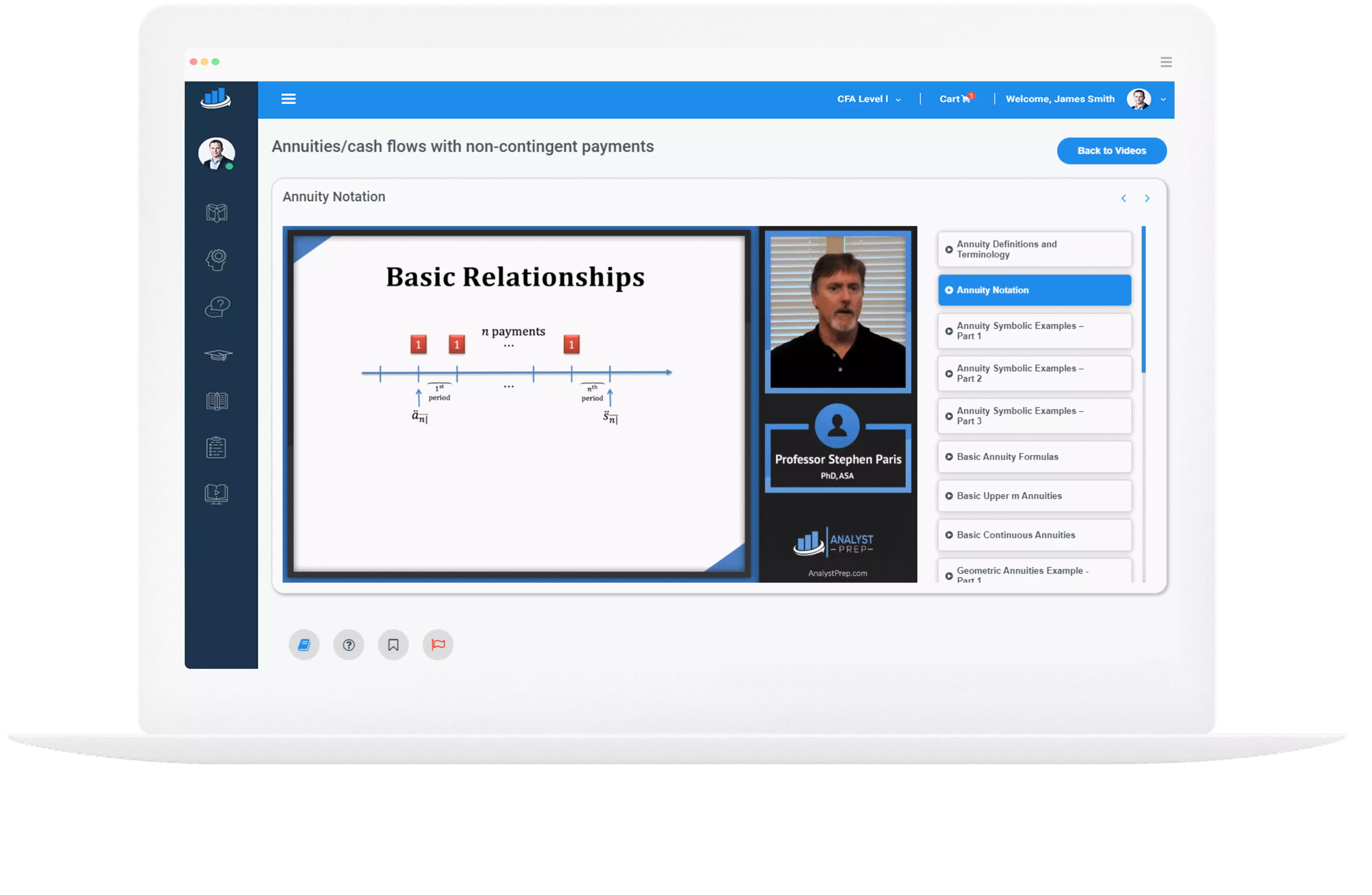Types of Real Options
Options are financial derivatives that give buyers the right, but not the obligation, to buy or sell an underlying asset at an agreed-upon price and date. In the same vein, real options are capital allocation options that allow managers the…
Principles of Capital Allocation
Capital Allocation Principles Although the known analytical tools and investment decision criteria are quantitative and clear-cut, there is significant room for errors and misjudgments. To enhance the decision-making process, it is essential to adhere to certain fundamental capital allocation principles…
Capital Allocation
Capital allocation describes the process companies use to make decisions on capital projects, i.e., projects with a lifespan of one year or more. It is a cost-benefit exercise that seeks to produce results and benefits greater than the costs of…
Types of Capital Investments
Capital investments (or capital projects) have a life of one or more years and are presented on the balance sheet as long-term assets. There are four main types of capital investments: Going concern (or maintenance) projects. Regulatory or compliance projects….
Managing Working Capital and Liquidity
The main objective of liquidity and working capital management is to maximize a firm’s value while ensuring ready access to capital to pay creditors and run day-to-day operations. Reducing the cash conversion cycle, gauging liquidity requirements, and reducing surplus funds…
Liquidity
Liquidity is the degree to which a corporation can satisfy its short-term obligations using cash flows and assets that can be quickly converted into cash. In this context, liquidity refers to the available cash, borrowing power, and ability to turn…
Cash Conversion Cycle
A company’s business operations typically consist of a series of consecutive stages. For example, consider a manufacturing company whose operating cycle includes the purchase of raw materials, inventory production, sale to customers, and debt collection, as shown below: A company’s…
Potential Risks of Poor Corporate Governance
Weaknesses in corporate governance practices and stakeholder management processes expose a company and its stakeholders to several risks. On the contrary, effective corporate governance and stakeholder management practices can benefit a company’s stakeholders. Adopting effective rules and implementing acceptable control…
Corporate Governance and Mechanisms to Manage Shareholder Relationships
Stakeholder management emphasizes the need for a company to consider the needs of all its stakeholder groups. It lays the structure for stakeholder groups to exercise influence, control, and protect their interest in a company. Corporate governance lays the foundation…
Principal-Agent Relationship
The term ‘principal-agent relationship’ or simply ‘agency relationship’ describes an arrangement where one entity, the principal, legally appoints another entity, the agent, to act on its behalf by providing a service or performing a particular task. In most cases, there…




